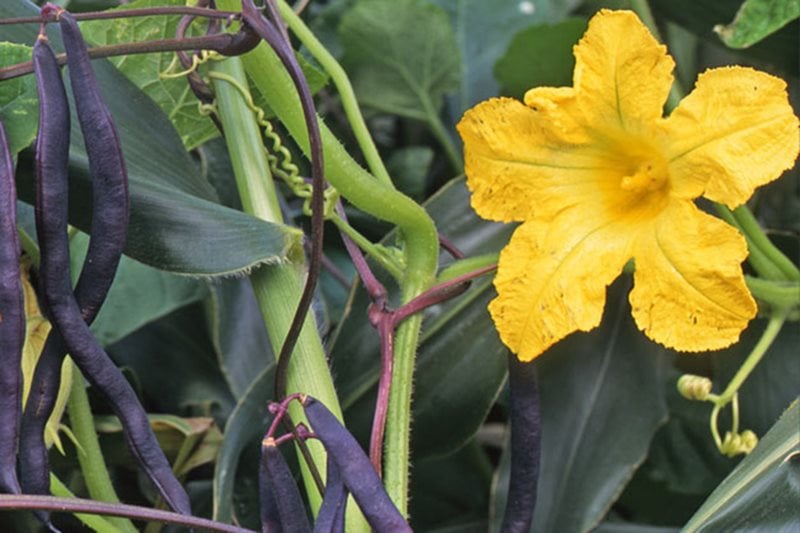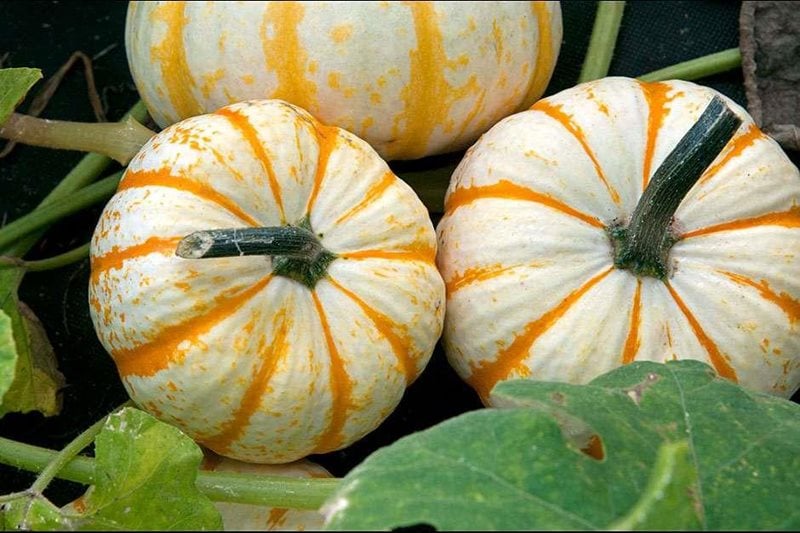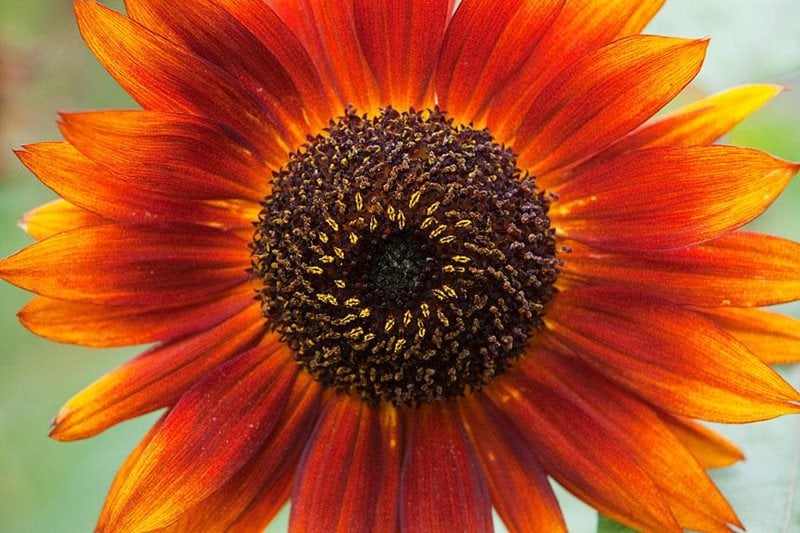An ancient companion planting technique, useful for modern gardeners who are short of space and want to utilise the three-sister’s method
 As gardeners look to reduce their impact on the environment, while producing healthy, pesticide-free produce. They will discover the art of companion planting, taking their ‘grow your own’ skills to another level.
As gardeners look to reduce their impact on the environment, while producing healthy, pesticide-free produce. They will discover the art of companion planting, taking their ‘grow your own’ skills to another level.
The method behind companion planting is to use different plants mixed together to confuse pest insects and keep them from the crop. Carrots and onions are a good example. By planting onions next to carrots the onions mask the smell of the carrots, helping to keep the dreaded carrot root fly away from the crop. Marigolds are another good example. Their strong smell does much to keep aphids away from vulnerable plants such as tomatoes and runner beans.
Companion planting is not restricted to pest control, and some pairings bring about other benefits – peas and beans all fix nitrogen into the soil, helping leafy crops like cabbages to perform at their best.
This concept has been employed for thousands of years, long before chemical fertilisers and pesticides were an option. One of the best examples of companion planting was developed by Native American tribes who planted sweetcorn, climbing beans and pumpkins/squashes together, believing these ‘Three Sisters’ grew best as part of a symbiotic planting.
All of the sister plants can be grown on their own, but planting these three tender crops together does offer benefits to the plants as well as the ongoing fertility of the soil they are grown in. Each vegetable draws on a different key nutrient to maintain growth, avoiding any major competition, and each helps the other in different ways:
Why it works

- Pumpkins (or squashes if you prefer) shade the soil and retain moisture with their large leaves, increasing humidity to help with bean pollination. Once established the large leaves block out weed growth
- Sweetcorn provides a climbing support for the beans
- Beans fix nitrogen in the soil helping support the growth of the other two crops
How to do it
First set out a block of sweetcorn plants, spacing plants 45cm (18in) apart. Native Americans would plant on mounded soil, essentially creating a raised bed. This is optional but will help with drainage, while keeping roots warm. As a halfway house, you can create smaller planting mounds for each plant.
Once the sweetcorn has reached 30cm (1ft) or so, climbing beans can be sown at the base of each plant. Runner beans can be too vigorous but climbing French beans should work perfectly.
Pumpkin or squash plants are set out at the same time. Work to one plant per square metre/yard given over to the scheme. Keep on top of weeds until the pumpkins/squash cover the soil, and keep well-watered through the whole season.

You can also add a fourth sister to the scheme. Sunflowers act as another climbing support for the beans, but also attract pollinating insects. Later in the season, their seed heads will attract birds away from the developing corn kernels.
You might also be interested in...

